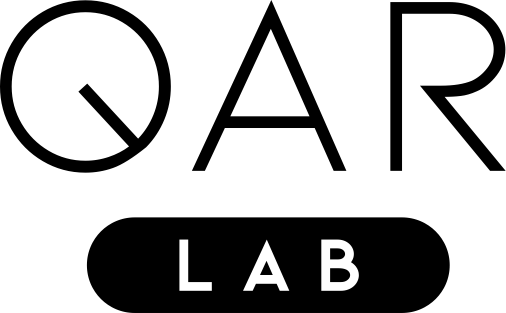Construction of quantum circuits with restricted gates
Abstract:
In practice, a quantum computer, like a classical computer, has only a limited set of operations. These operations, called quantum gates, are modelled by unitary transformations according to the postulates of quantum mechanics. As opposed to classical circuits, so-called qubits are manipulated. However, implementing such a system is challenging, leading to the applicability of only selected quantum gates. In order to execute an arbitrary circuit on a quantum computer, the implemented basic set must be able to generate any unitary transformation. In this thesis, we will present a characterisation of so-called exact universal sets for systems with up to two qubits and specify a necessary set of properties for an arbitrary number of qubits. Quantum gates for single qubits can be equated to three-dimensional rotations, so that two non-parallel axes of rotations are sufficient. Larger systems, however, require non-local gates that can replace the rotations of individual qubits (local gates). Through a recursive decomposition, we will construct an exact universal set for any number of qubits and demonstrate the necessary properties. The results provide insight into the design of basic operations needed to generate any transformation. Finally, this work aims to provide an approach to identify sufficient properties of exact universal sets of any number of qubits to uniquely characterize them. This open problem could increase the efficiency of decomposing given quantum gates and eliminate unnecessary elements.
Author:
Sebastian Wölckert
Advisors:
Maximilian Balthasar Mansky, Sebastian Zielinski, Claudia Linnhoff-Popien
Student Thesis | Published January 2024 | Copyright © QAR-Lab
Direct Inquiries to this work to the Advisors

